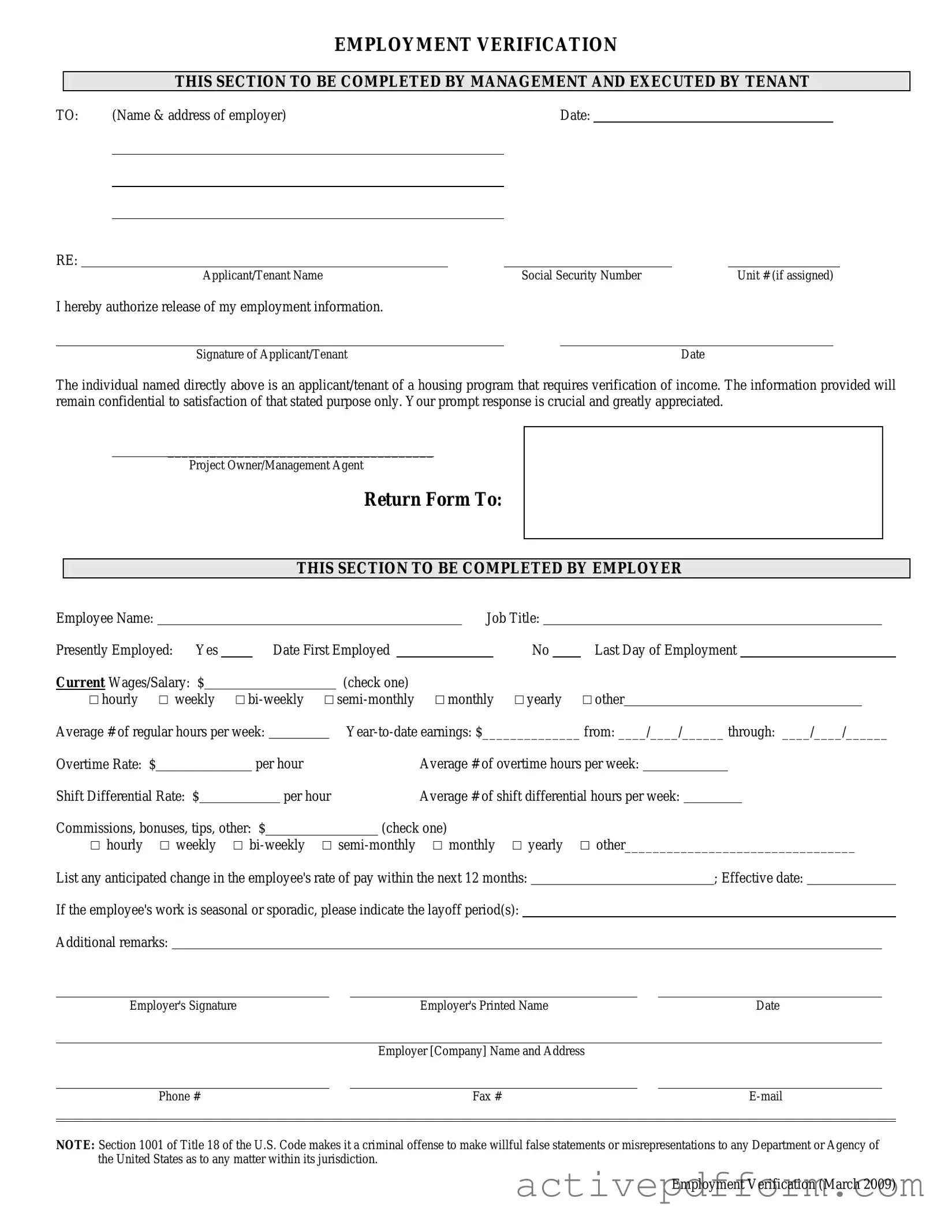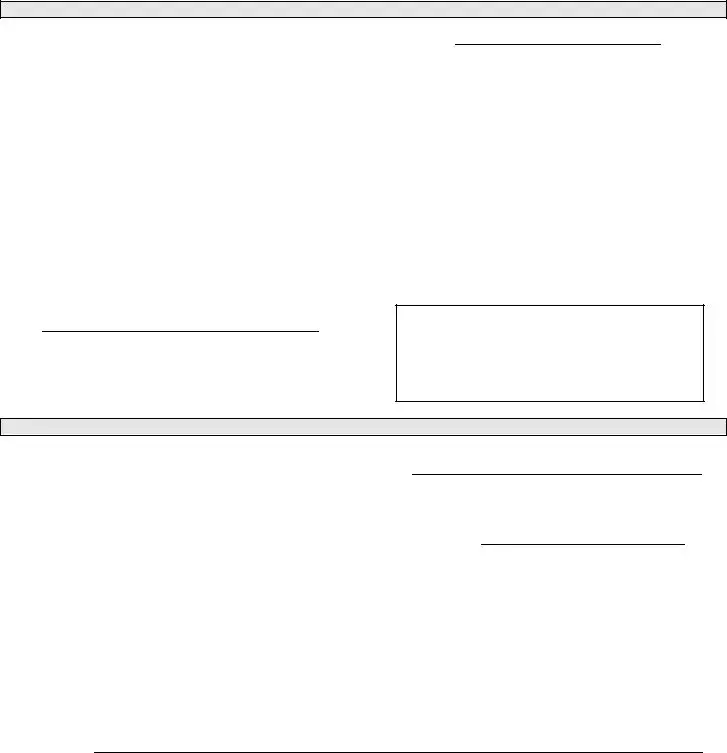What is an employment verification form?
An employment verification form is a document used to confirm an individual's employment status, job title, and duration of employment. Employers or third parties often request this information for various reasons, such as background checks or loan applications.
Who typically needs to fill out an employment verification form?
Employers, employees, and sometimes third-party organizations, like lenders or rental agencies, may need this form. If you're applying for a job, a loan, or an apartment, you might be asked to provide proof of your employment.
How do I request an employment verification form?
You can request an employment verification form from your employer's HR department. They usually have a standard process for handling these requests. Be sure to specify why you need the form and provide any necessary details to expedite the process.
What information is typically included in the form?
The form usually includes your name, job title, dates of employment, salary, and sometimes a brief description of your job responsibilities. Some forms may also ask for additional information, like your work performance or eligibility for rehire.
How long does it take to receive an employment verification form?
The time it takes to receive the form can vary. Generally, employers aim to respond within a few business days. However, it may take longer if the HR department is busy or if they need to verify information with your manager.
Can I see the employment verification form before it is sent out?
Yes, you can request to review the form before it is sent. Most employers will allow you to see the information being shared, especially if it includes sensitive details about your employment.
What should I do if there are errors on the employment verification form?
If you notice any errors, contact your HR department immediately. They can correct the information before it is sent out. It's important to ensure that all details are accurate to avoid any issues with your application or verification process.
Is my employment verification information confidential?
Yes, employment verification information is generally considered confidential. Employers typically only share this information with authorized parties, such as potential employers or lenders, and they should handle it with care.
Can I refuse to provide an employment verification form?
You can refuse to provide the form, but doing so may affect your application process. If you have concerns about privacy or the information being shared, discuss these with your employer or the requesting party.
What if my employer does not respond to my request for an employment verification form?
If your employer does not respond, follow up with them. A polite reminder can often help. If you still don’t receive a response, you might consider discussing the issue with your manager or seeking assistance from HR.

